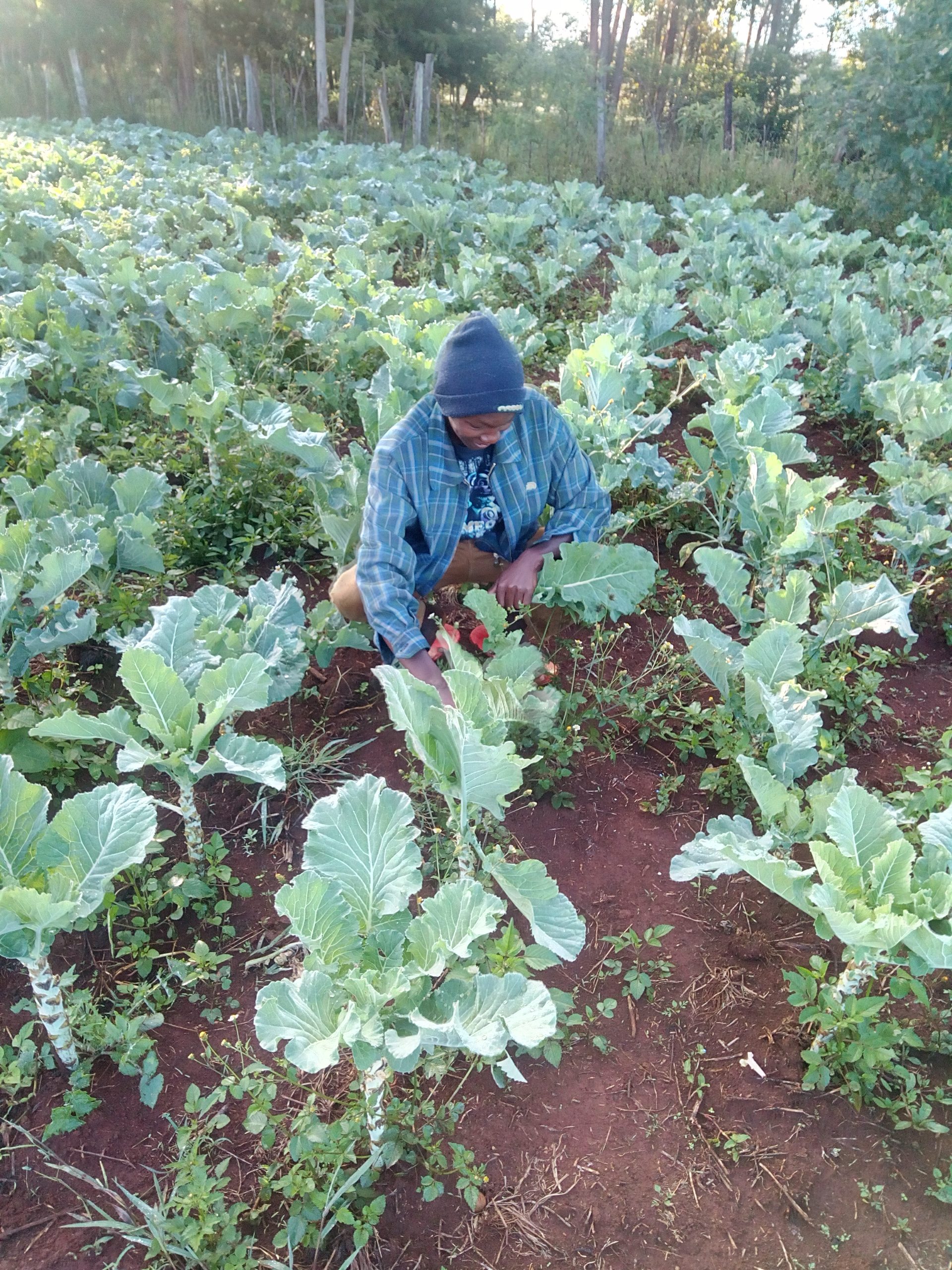How to grow healthy sukuma wiki(kales) in Kenya Sukuma wiki vegetable is the most in-demand vegetable in Kenya this is because of its benefits. It has a lot of benefits ranging from nutritional value to economic value.
Nutrients in sukuma wiki include vitamin k and vitamin C. It is rich in roughage and has iron and calcium which is crucial in bone formation.
Sukuma wiki also can be sold to provide a decent source of income due to its demand in supermarkets,open air markets and also shop stalls.
The planting process
Sukuma wiki vegetable requires well-drained fertile soil high in organic matter and soil with ph of 6.0 to 7.0. It is also important to note that sukuma wiki can tolerate slightly alkaline soil.
Sukuma wiki is first sown in nursery beds before transplanting. Nursery beds for sukuma wiki are created by raising soil and creating Furrow like lines to sow seeds which are then covered with thin soil.
The nursery bed should be watered twice daily and mulching is preferred to conserve the moisture on soil.
For about a period of four to five weeks when the seedlings have produced true leaves, transplanting can be done.
The land to be transplanted to should be ploughed and harrowed so as to bring the soil to fine tilt and to avoid hardpans and also to create space for roots growth.
Farmyard manure can be mixed with soil. Afterwards wet the ploughed land and transplant the seedlings to a well spaced land with even lining. The best time to transplant the seedlings to the ploughed land is at the evening when the sun light is not so strong.
Regularly water the kale plant and also mulching and top-dressing after two weeks is encouraged. The most important practices in the kale faming include,
Mulching: to ensure the kale plant conserve moisture and also the weeds are suppressed.
Irrigation: this ensures frequent and adequate water supply to the kale plant.
Weeding:this ensures that pest and diseases are prevented and also competition for nutrients with plants are reduced and discouraged.
Harvesting process
Harvesting using the thumb and a knife is done. To ensure that you harvest the kale plant for longer season, top-dressing is encouraged with suitable fertilizers.
After harvesting, the kales can be sold per kg or consumed.
Its harvesting is done when the leaves are matured and many in the plant. Pruning of the yellow leaves is encouraged to ensure fresh leaves grow.
Important farm practices tips
weeding
This is getting rid of unwanted plants that grows alongside planted crops and compete with them for nutrients and water. They also harbour pest and diseases which might be harmful to plants and also reducing the yields.
Nutrition
Nutrients helps plants in good growth and high yields. There are various fertilizers types that can be added to plants, they include the basal,foliar through the macro and micro nutrient elements
Basal fertilizers
These are available in Argostores countrywide they include DAP,CAN,NPK and UREA.
Manure
These are nutrition added to soil to increase nutrients they include animal droppings and decomposed Waste from grass and plant waste.
Sheep, goats and cows waste can be dried to make manure then added to soil to add nutrition. Decomposed waste can also be added to the soil to provide maximum nutrition to plants.
Manure is widely used and available in Kenya with cheap price.
Irrigation
This is a common practice by farmers especially in areas that receive minimum or no rainfall at all. It has proved to be an effective method in crop production especially in semi-arid areas like Perkerra irrigation scheme in Marigat area Kenya. High-yielding crops are produced in this area with irrigation practice.
Types of irrigation method include.
- Drip irrigation
- Canal irrigation
- Overhead irrigation
Mulching
This is a practice of adding materials like grass Waste or husks on nursery beds or on top of root seedlings covered by soil after planting.
Mulching helps to conserve moisture in the soil as it reduces evaporation of water from the soil. It also helps to suppress weeds. Unwanted plants (weeds) are discouraged to grow when mulching is done, because the soil gets exposed to minimal sunlight.
This practice is effective on nursery beds and newly transplanted crops.
Pruning
Some plants develop Overgrown branches, buds and also yellow or withered leaves. It is important to pluck off these leaves and branches to make a clean plantation. Also to reduce infection to other leaves which may occur with infected or withered leaves.

